When it comes to working in the Product arena, there can be questions that arise in many organizations around where Product responsibilities ends and Marketing’s begin, or where the line between Engineering (R&D) and Product Management functions is, or who gets ultimate control over design decisions. And… What about support, or Customer Success…? In established companies, these are all separate departments, with separate budgets and resources, and different political fiefdoms that are all vying for capital and recognition. Product has the potential to be seen as “overstepping” just about any direction they turn. And yet, at the end of the day, they are the ones held accountable for meeting customer demands and growing the product and its user-base.
Different organizations have different philosophies on this, but I would argue the Product team should be the owners of the entirety of the experience a user has with the product. Anything that affects the way someone interacts with or experiences the product from purchase decision, to keeping the lights on, to expansion and growth, is a Product Management problem… and solution. So, while the Product Managers may not have direct oversight of the operations for a group like Customer Support, they absolutely should have direct control over the way it is executed and delivered from the customer standpoint.
I think a good analogy would be what goes into making a play or a movie. The show is the “product” and the audience are the customers. There are lots of teams that come together to execute various aspects of the “product,” but ultimately it is the Director that ensures the experience of the audience is what was intended. The Director is not directly responsible for the makeup artists, stage-hands, or camera crews and how they do their job… but they are very responsible for objectively evaluating the entire picture and making sure it all comes together to tell the right story.
I think that this realization is why some organizations have been making big shifts in their traditional product orgs, to a more integrated approach, often with marketing, forming a Product Marketing team that can own and guide the entirety of the product storyline. Aligning an existing product to a well-told story will likely involve far more than just engineering changes. The way a potential customer first-contact introduces the story will have huge impact on whether someone actually writes a check or continues down the PLG trail to become a more substantial account. Having a vision for what’s possible and what’s next to focus on, is a huge component of growing a product successfully. That will likely not be accomplished just by adding new features to the product. It requires a coordinated team effort where each group knows what role they play in delivering an exceptional experience.



